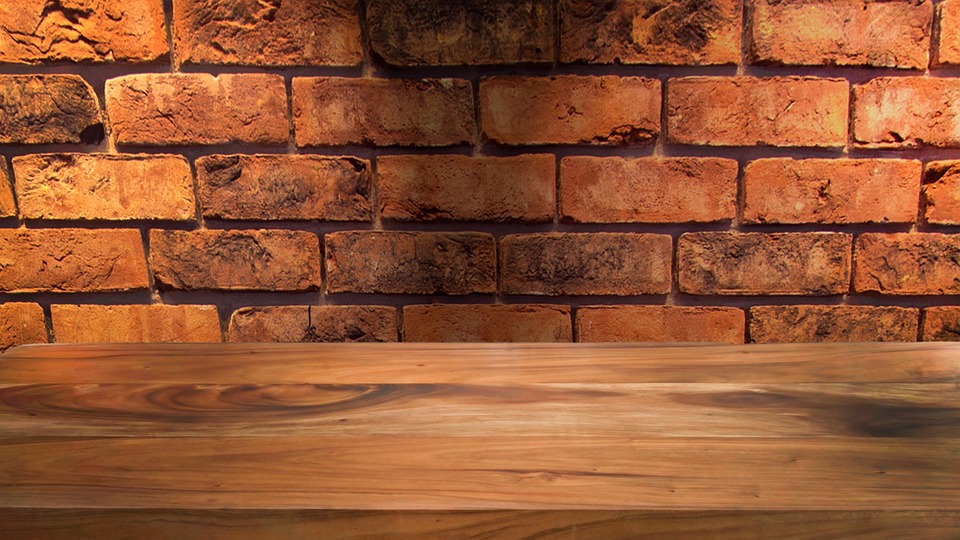Web design and SEO are closely linked, but make no mistake, they are not interchangeable. A great website may look stunning, but if it doesn’t show up on search engines, then it has failed to deliver on one of its primary purposes – driving traffic to your site.
Here are some of the most common web design mistakes that affect SEO and how to avoid them:
1. Poor content structure
The structure of your content plays a significant role in SEO. Search engines crawl your site by reading the HTML code, not the front-end design. Poor content structure, such as failing to use header tags H1-H6, makes it difficult for search engines to understand what your page is about. Proper content structure enables search engines to identify the most important information on your page, making it easier for them to index and rank your pages correctly.
2. Slow Page Load Times
In today’s fast-paced world, users expect websites to load quickly. Slow page load times negatively affect user experience and can hurt SEO rankings. Users are quick to leave websites that take too much time to load, leading to a high bounce rate. You can use website speed-checking tools like GTMetrix or Google PageSpeed Insights to determine your site’s load time and make the necessary changes to improve it.
3. Non-Mobile Friendly Websites
As mobile device usage surpasses desktop, Google gives mobile-friendly websites a priority in search rankings. A mobile-friendly website adjusts its layout for smaller screens and offers seamless navigation through mobile devices. The absence of a mobile-friendly website can harm your SEO as Google penalizes sites that aren’t mobile-friendly. To avoid this, ensure that your website is adapted for mobile devices.
4. Non-Descriptive URLs
Search engines crawl URLs to understand the contexts and keywords used in a page. Having non-descriptive URLs that include long chains of numbers, languages, or characters makes it difficult for search engines to interpret and may be detrimental to your SEO. Keep your URLs descriptive and include the most relevant keywords – this will help search engines understand what the page is about and make it easier to crawl.
5. Poor Navigation
User experience is directly linked to SEO, and your website’s navigation plays a significant role in that. Confusing navigation makes it difficult for users to find what they’re looking for, leading to high bounce rates and poor search engine ranking. Simplify your navigation by designing menus and submenus, using well-structured categories, and adding internal links that enable users to navigate effortlessly and find the information they need.
Conclusion
Web design flaws can hurt SEO performance, leading to a significant loss of traffic and revenue. By avoiding the common web design mistakes outlined above, you’ll create an optimized website that is user-friendly, fast, and easy to navigate, enabling search engines to understand your content better and rank you higher on search engine results pages. Remember, web design and SEO go hand in hand, and they shape how your business appears to potential customers.





